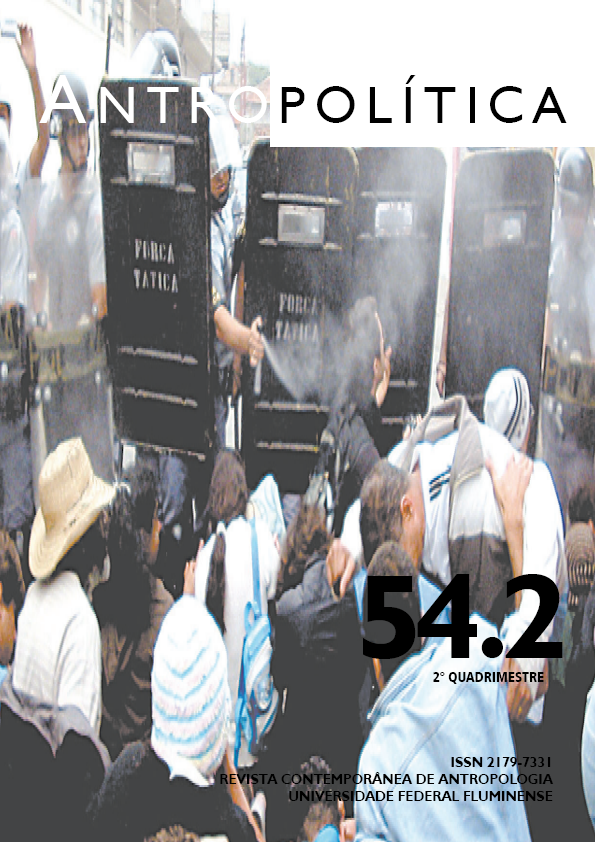A vida nas paredes pobres: sentidos, usos e contradições da street art enquanto política urbano-cultural
DOI:
https://doi.org/10.22409/antropolitica2022.i2.a49722Palavras-chave:
Graffiti, Bairros Sociais, Desenvolvimento urbano, Descentralização Cultural, TuristificaçãoResumo
Ao andar pelas ruas de bairros afastados da região central de Lisboa, não é difícil deparar com grandes murais que compõem uma nova estética urbana em bairros periféricos. A cidade que se pensa colorida, regada pelas margens do rio Tejo, fez do colorido dos muros uma política de descentralização urbano-cultural através da criação de espaços como a Galeria de Arte Urbana (GAU), que funciona desde 2008 para promover a street art. Neste artigo busco debater os sentidos, usos e contradições que envolveram três experiências de realização do Festival Muro em bairros sociais, afastados da centralidade turística do território lisboeta. Através de uma etnografia de processos visuais em contradição, busquei perceber os efeitos que tais projetos de transformação da paisagem tiveram na vida dos bairros. Por fim, reflito sobre os possíveis impactos desses grandes projetos de muralismo vinculados tanto à descentralização cultural, quanto ao desenvolvimento urbano.
Downloads
Publicado
Edição
Seção
Licença
Copyright (c) 2022 José Luís Abalos Júnior

Este trabalho está licenciado sob uma licença Creative Commons Attribution 4.0 International License.
O conteúdo da revista Antropolítica, em sua totalidade, está licenciado sob uma Licença Creative Commons de atribuição CC-BY (http://creativecommons.org/licenses/by/4.0/deed.pt).
De acordo com a licença os seguintes direitos são concedidos:
- Compartilhar – copiar e redistribuir o material em qualquer suporte ou formato;
- Adaptar – remixar, transformar, e criar a partir do material para qualquer fim, mesmo que comercial;
- O licenciante não pode revogar estes direitos desde que você respeite os termos da licença.
De acordo com os termos seguintes:
- Atribuição – Você deve informar o crédito adequado, fornecer um link para a licença e indicar se alterações foram feitas. Você deve fazê-lo em qualquer maneira razoável, mas de modo algo que sugira que o licenciante o apoia ou aprova seu uso;
- Sem restrições adicionais — Você não pode aplicar termos jurídicos ou medidas de caráter tecnológico que restrinjam legalmente outros de fazerem algo que a licença permita.


